HUNTER ARMY AIRFIELD, Ga Two Soldiers worked on an Apache while a man moved around them filming their every move. Another man with a still camera climbed on the Apache and snapped photos from various angles. Specialists Brian Weir and Matt Godbold, both members of Company D, 1st Battalion, 3rd Aviation Regiment, Combat Aviation Brigade, were being filmed and photographed as part of a training video to be used Army-wide.
"The video is to help the Soldier understand why the hydraulic fluid transfers between the primary and utility hydraulic systems on the Apache, and it is also to help them diagnose the problem so that it can be fixed," said Kora Davis, Aerospace Engineer for the Apache Mods/Recap product management office.
The video will accompany the new hydraulic Fault Isolation Procedure kit, which is designed to help Soldiers isolate problems in the Apache. In an Apache, when hydraulic fluid transfers from the primary system to the utility system it can cause, in extreme cases, pilots to lose control of the aircraft or weaponry. Before the FIP kit, crew chiefs would diagnose the problem using trial and error techniques.
"Before (the kit), working on finding the problem was time consuming," said Godbold. "Having to troubleshoot the problem, the worst case scenario, could take more than 40 man-hours. This will make it much faster."
Weir said the importance of this new tool is that it allows Soldiers to check one component, the check valve, versus guessing between two different components.
"I think this will better the mission because it saves the Army time, money and man-hours," he added.
Davis said the kit has been in development for two years and added that Weir and Godbold were the first in the Army to use the new, official kit.
"We wanted to go with green-suiters," Davis said. "This is for the Army. This is for the guys in the field."
Weir says he was excited to be the first to use the new equipment.
"I think it was good that we got to use the equipment first because it gave us a chance to represent not only our (military occupational specialty) in general but our unit as well," Weir said. "It was cool knowing that I was going to be in a training video because it is something I can look back on and say I did (this) for the Army."
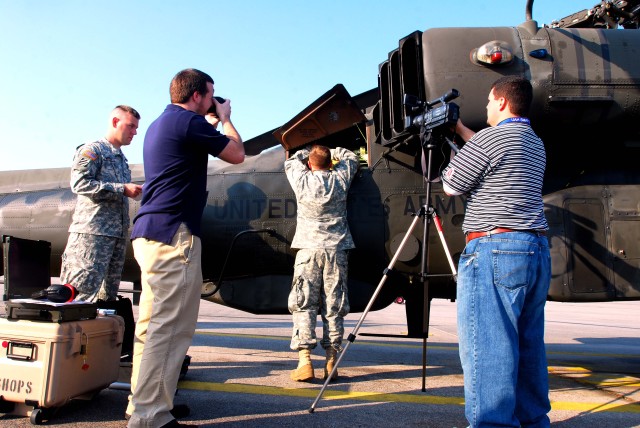
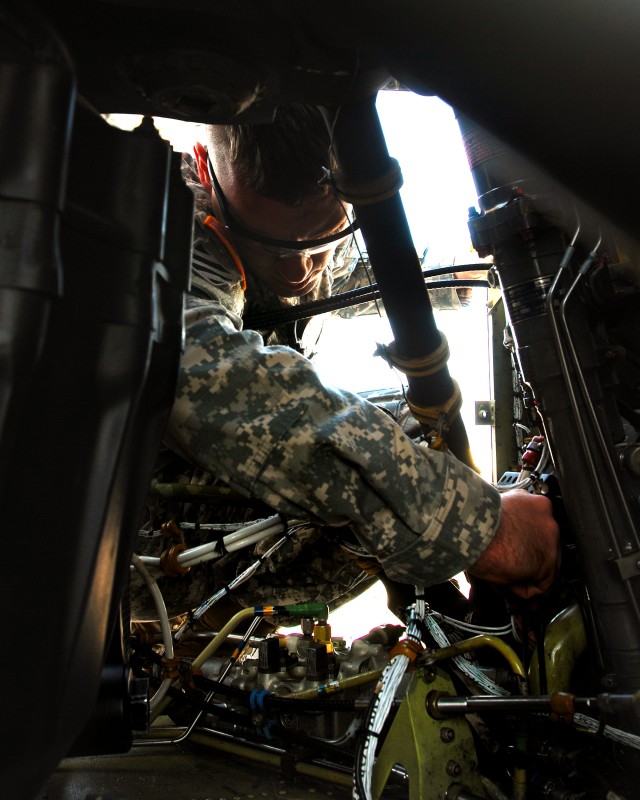
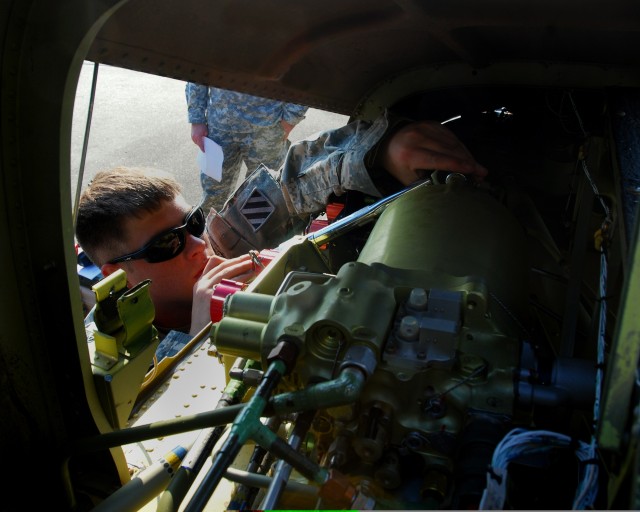
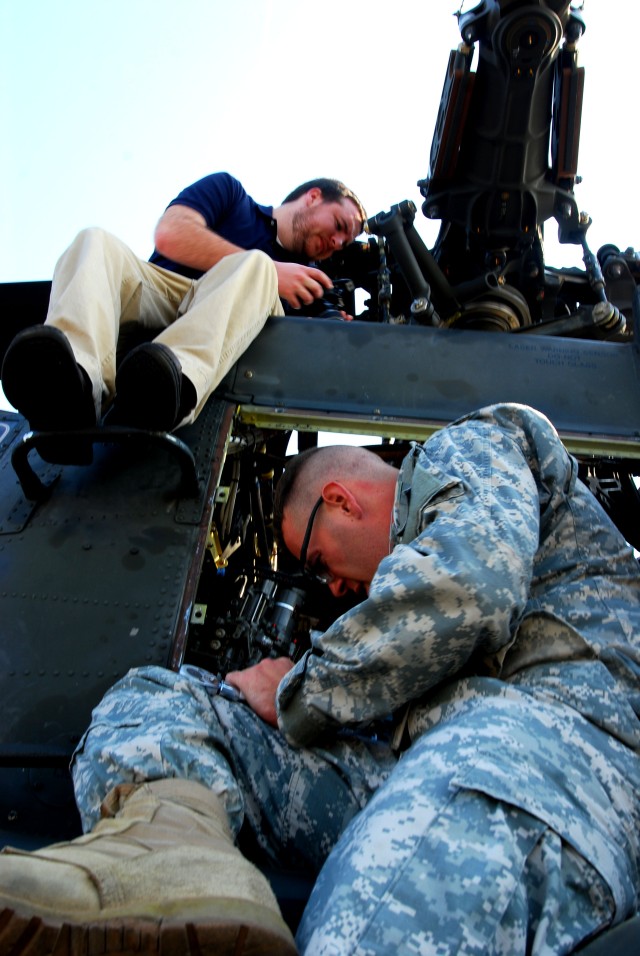
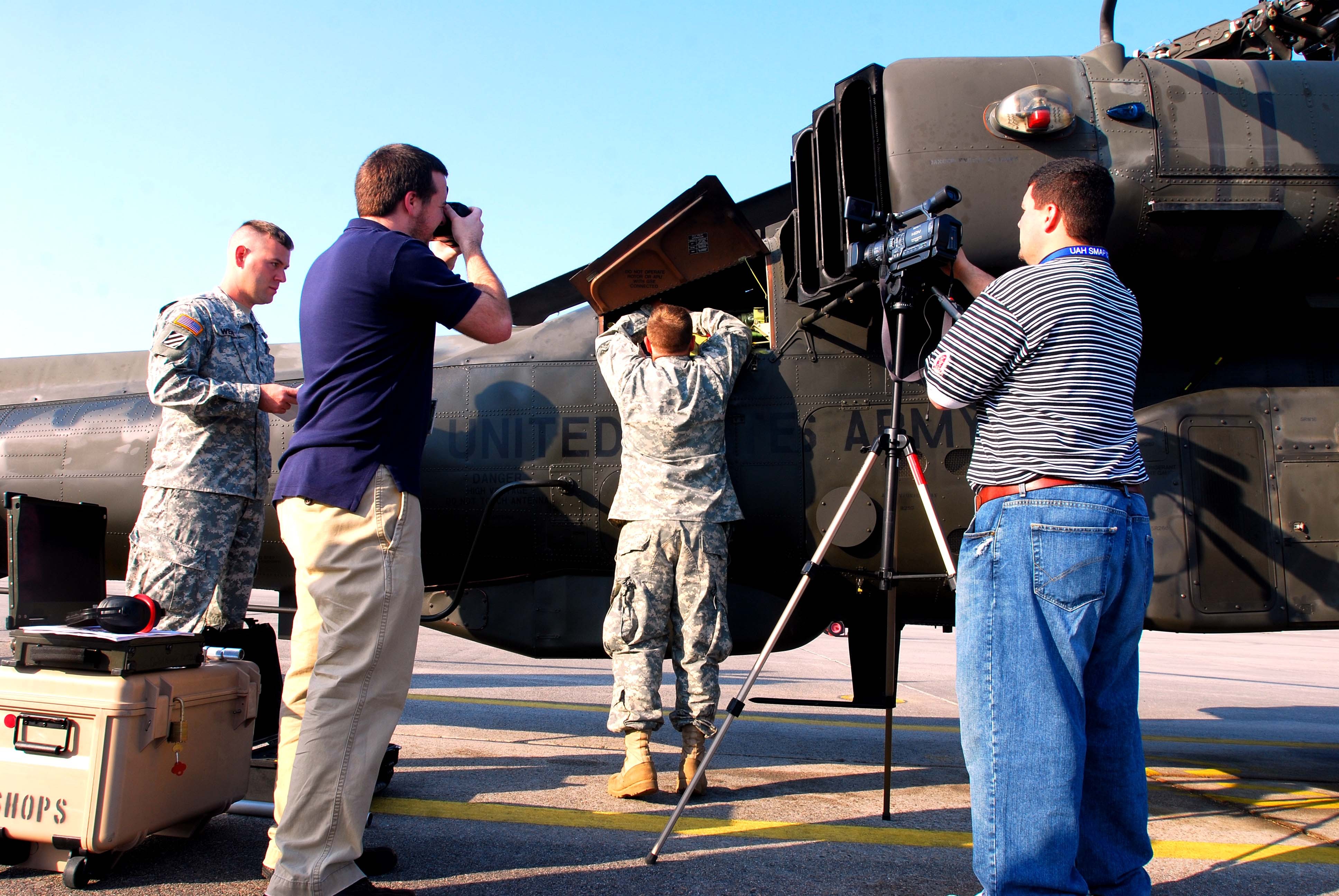
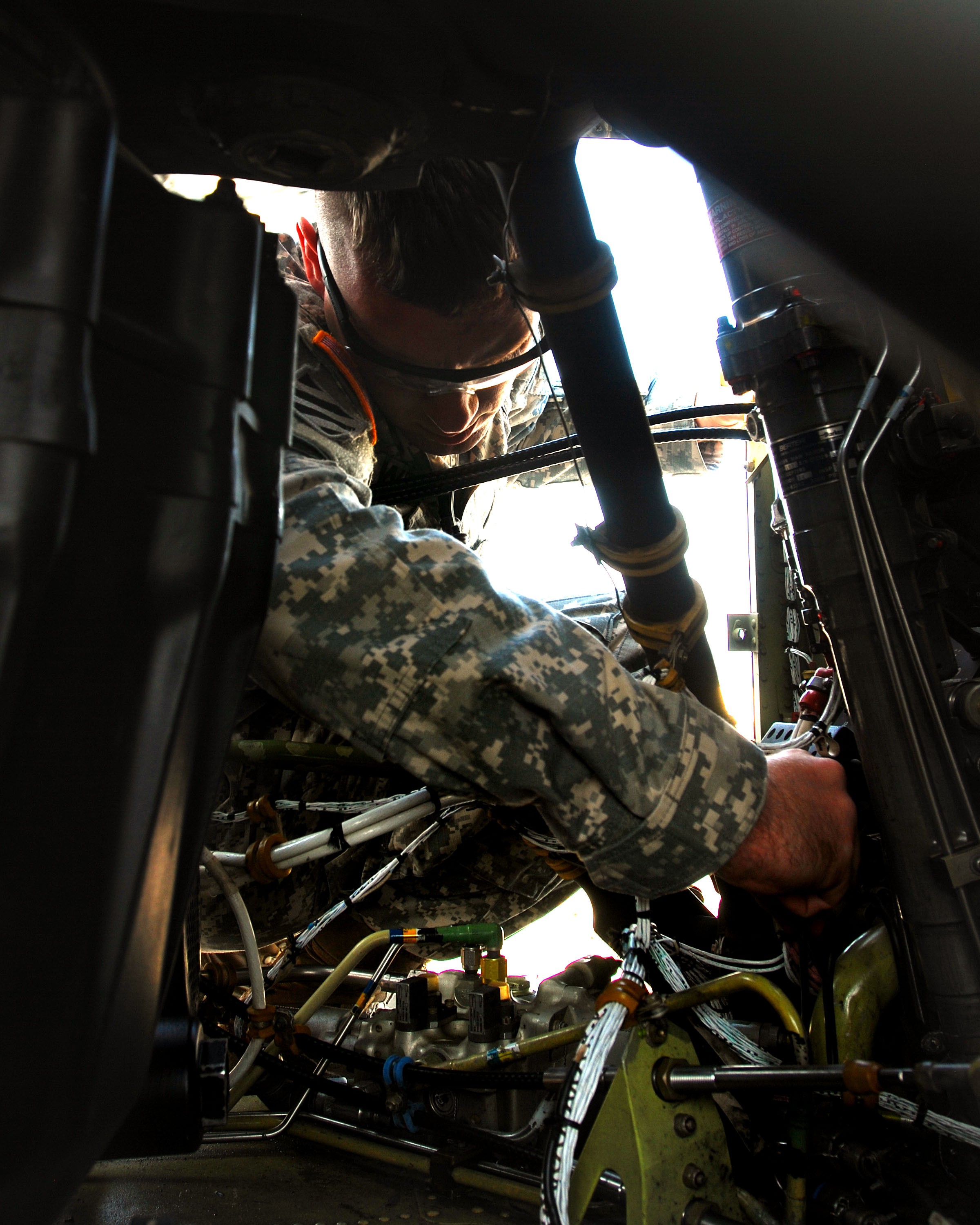
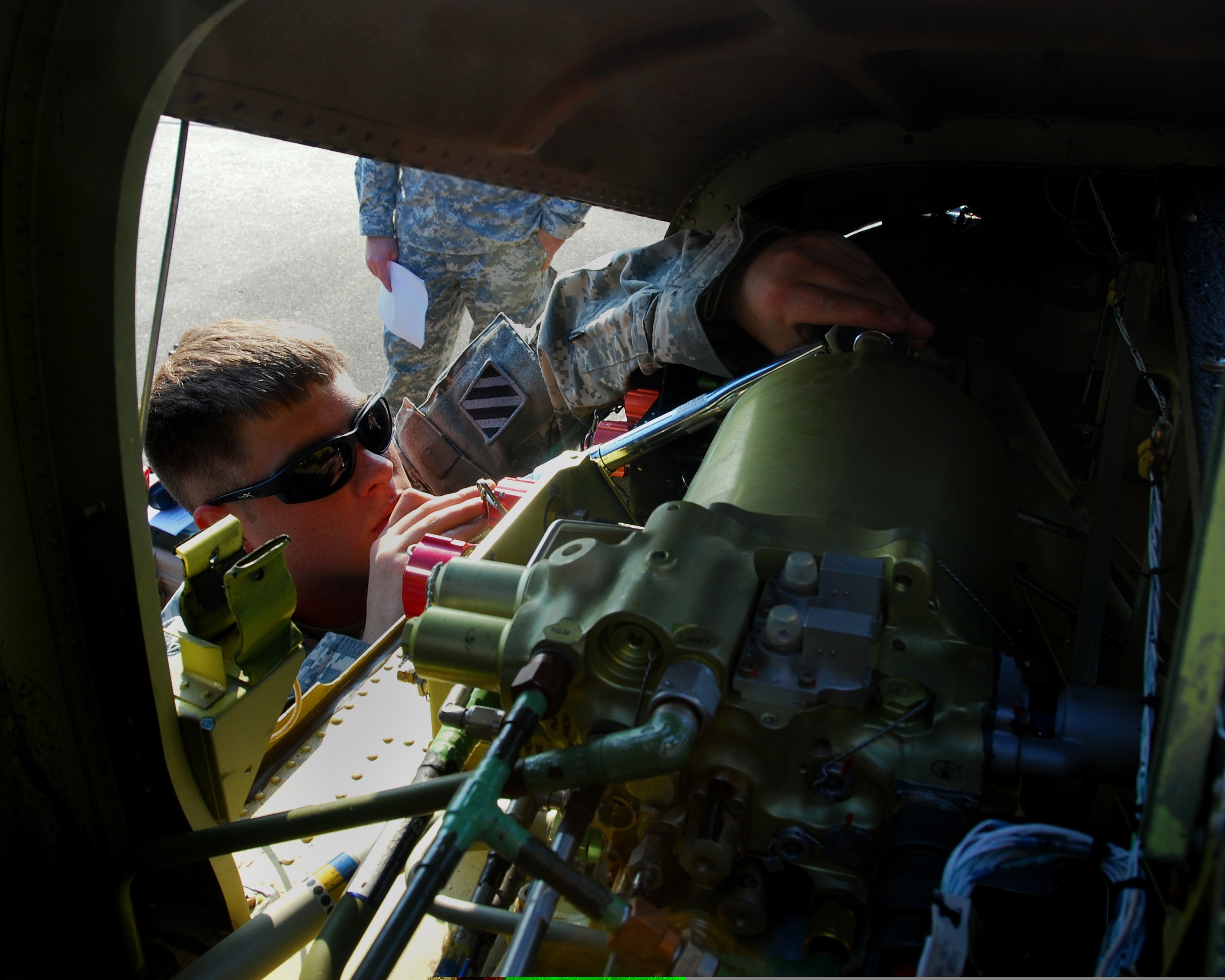
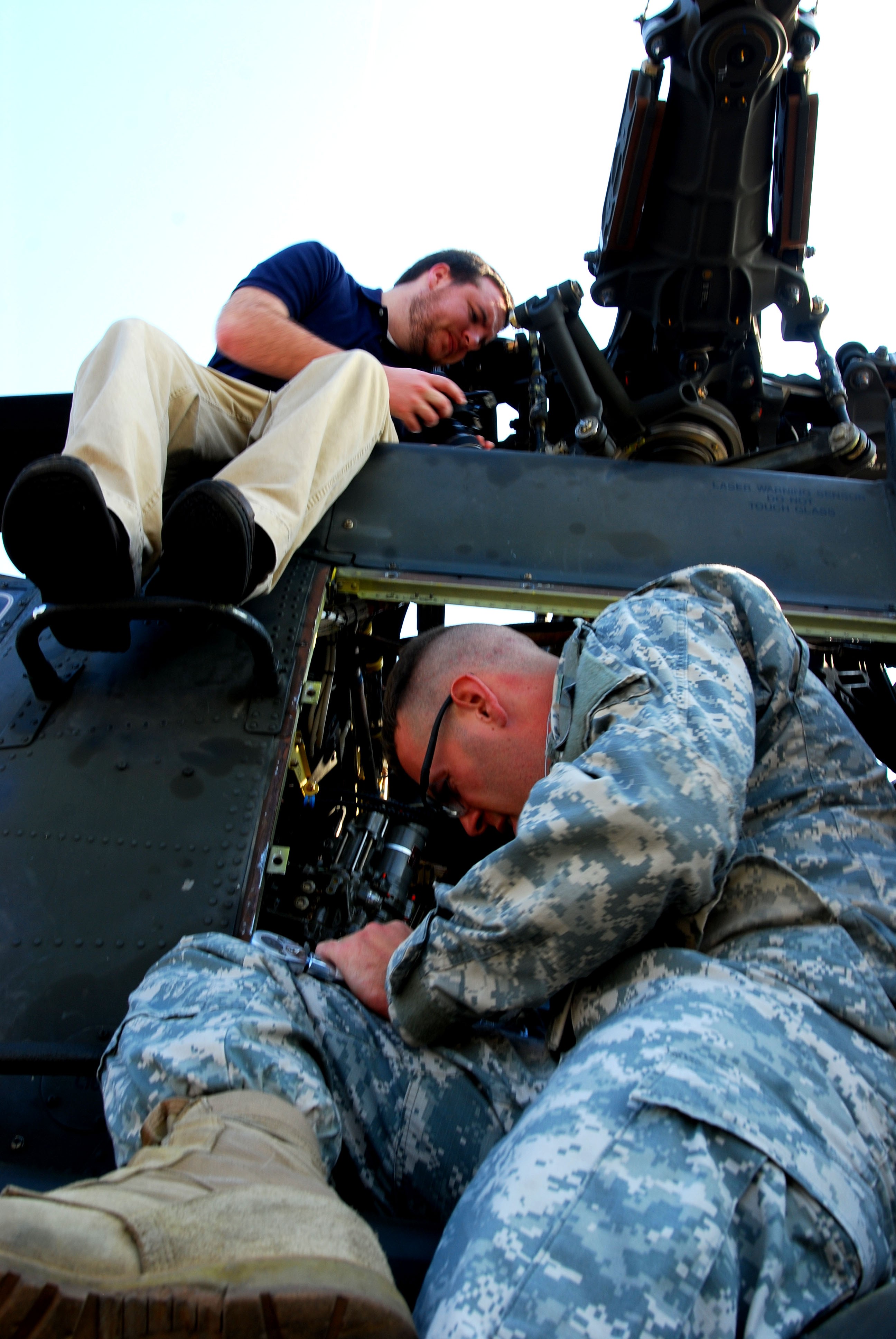
Social Sharing